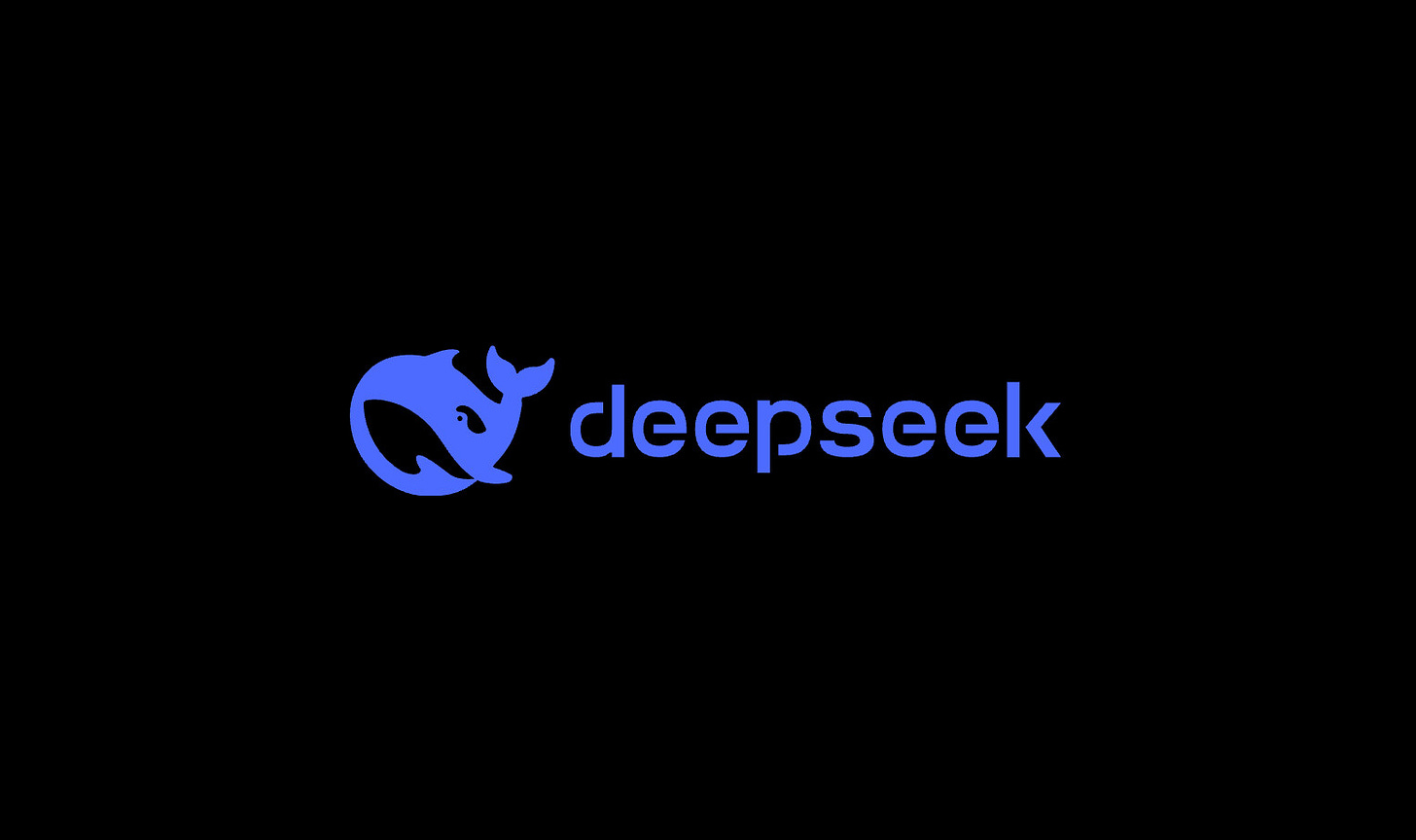So, What Happened with DeepSeek?
The AI Sputnik moment, or Much Ado about Nothing?
On January 27, the myth of American supremacy in the AI market took a hit as Chinese startup DeepSeek released its R1 update, which nearly matched the latest version of ChatGPT. To say this shook the AI industry—and the stock market—would be an understatement. Some commentators online even suggested this was a Sputnik-level paradigm shift. How did this happen? Why did it happen? And what does it mean for the future of AI? These are the questions we’ll explore today.
For the past few years, ChatGPT has dominated the AI space, with no competitor coming close. The latest version, GPT-4o, integrated more advanced reasoning into its architecture. The runaway success of ChatGPT even led Sam Altman to seek $7 trillion in funding to scale AI infrastructure. This boom fueled NVIDIA’s meteoric rise, making it the most valuable company in the world at one point. The American AI bubble became the defining technological wave of modern times—seemingly unsinkable.
That was until January 27, when DeepSeek disrupted the narrative.
DeepSeek: The Dark Horse of AI
To understand how this happened, let’s go back to 2016. Liang Wenfang, an entrepreneur with a background in finance, founded High-Flyer, a venture hedge fund. A young computer scientist with a deep interest in algorithms, Wenfang eventually launched DeepSeek in 2023, one of many Chinese AI startups hoping to make an impact. Initially unknown even within China, DeepSeek only gained serious attention in late 2024, and by early 2025, its R1 model was nearly on par with ChatGPT.
How Did DeepSeek Catch Up?
DeepSeek’s rapid progress comes down to a few key factors:
A Young Workforce – DeepSeek intentionally hired employees born after 1998, prioritizing innovation over experience. It was a gamble that paid off.
Open-Source Development – Unlike OpenAI’s proprietary models, DeepSeek is open source, allowing for greater community contributions and improvements. However, it does have some weak censorship measures to comply with Chinese regulations.
Multi-Agent Architecture – Instead of relying on a single large model, DeepSeek operates using multiple “mini-bots” that reach decisions through consensus. This multi-agent approach makes it unique and gives it potential advantages in reasoning tasks.
The Aftermath: A Global Reaction
DeepSeek’s rise immediately sparked debate about its implications.
U.S. Stock Market Turbulence – The news caused a flash crash, with some calling it AI’s “Sputnik moment”—a wake-up call that the U.S. no longer holds an undisputed lead.
The "$5 Million" Rumor – Reports (later disputed) suggested that DeepSeek developed its model on just $5 million, compared to the billions spent by OpenAI and Google DeepMind. This raised concerns that China could scale AI faster and cheaper than the U.S.
A Temporary AI Truce – At the time of DeepSeek’s rise, Sam Altman, Mark Zuckerberg, and Elon Musk were locked in a legal and public feud over AI development. For a brief moment, DeepSeek united the warring factions, with Altman accusing DeepSeek of basing its models on ChatGPT data. The irony? OpenAI itself built its models using publicly available internet data.
What This Means for AI’s Future
DeepSeek is revolutionary, but perhaps not in the way people initially think.
By being open source, DeepSeek could accelerate innovation globally.
It shattered the belief that American AI dominance was unchallenged.
It introduced real competition, which could push AI development forward faster than before.
In China, DeepSeek’s success is being celebrated as a breakthrough that didn’t rely on heavy government funding—a rarity in the country’s tech sector. Liang Wenfang is now a national icon, representing Chinese ingenuity.
For the U.S., the message is clear: AI is no longer a one-horse race. Whether DeepSeek continues to grow or fuels geopolitical AI tensions remains to be seen, but one thing is certain: the era of uncontested American AI dominance is over.


